Average electricity price and the impact of the European electricity crisis. (a) and (b) The colormap shows the average day-ahead spot market price for each bidding zone before and during the European electricity crisis. (c) The colormap shows the ratio of the average price during and before the crisis. In some bidding zones, the prices increase up to a factor of almost six. (Image: AIP)
A statistical analysis of the factors behind the 2021–22 energy crisis in Europe is the subject of the article “Patterns and correlations in European electricity prices,” published in the journal Chaos: An Interdisciplinary Journal of Nonlinear Science. The study—conducted by researchers at the Institute for Energy and Climate Research at Forschungszentrum Jülich and the University of Cologne, both in Germany, and the Norwegian University of Life Sciences—describes reasons for the surge in energy prices that go beyond the commonly cited cause of Russia’s invasion of Ukraine.
The OECD NEA workshop will be held at Chateau Laurier in Ottawa, Canada. (Image: OECD NEA)
The OECD Nuclear Energy Agency is hosting a workshop on the economics of small modular reactors in Ottawa, Canada, on February 27, 2024.
The workshop will be an in-person event, with no hybrid or virtual attendance option. There is no cost for the workshop, but attendees from relevant organizations will be prioritized due to room capacity.
Registration is required.
Mining at McArthur River takes place between 530 and 640 meters belowground. (Photo: Cameco)
Citing “improving market sentiment,” Tim Gitzel, president and chief executive officer of the Canadian uranium mining company Cameco, announced on February 9 the planned restart of operations at the McArthur River mine in Saskatchewan.



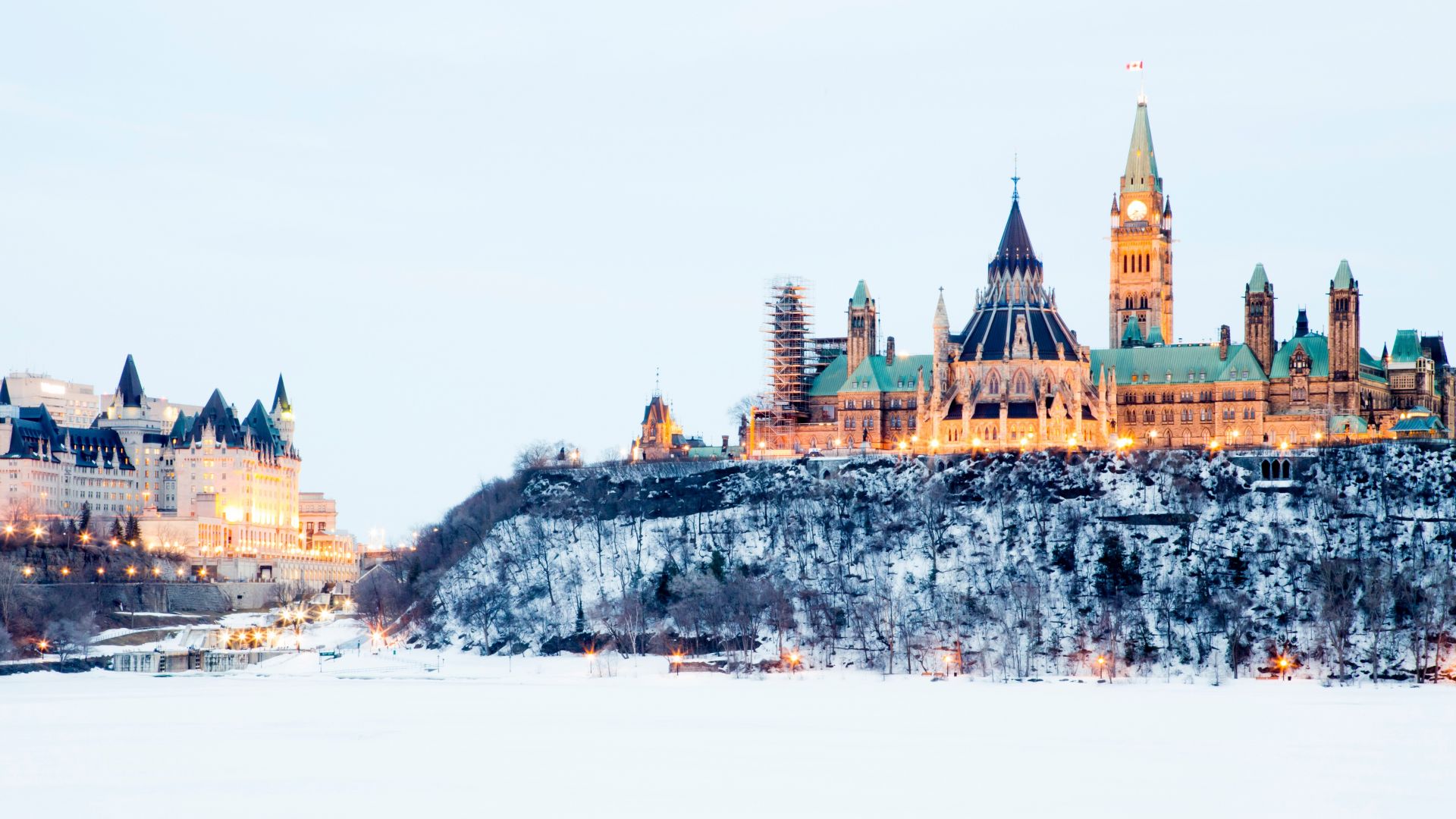
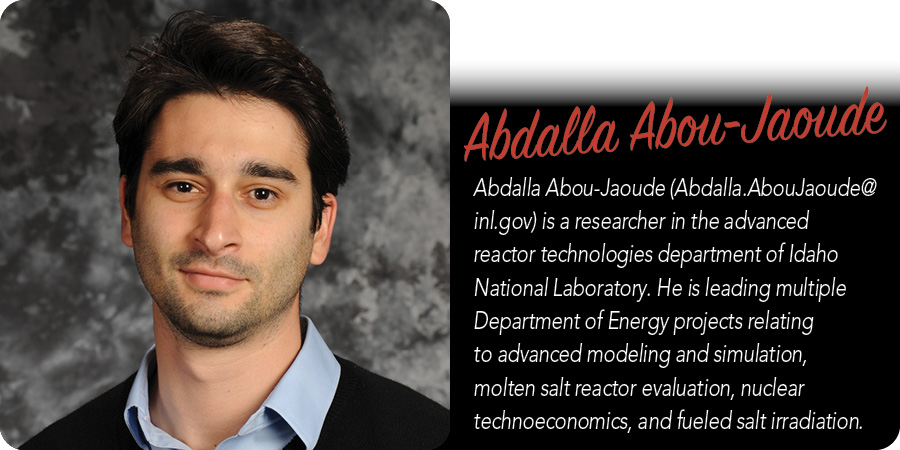

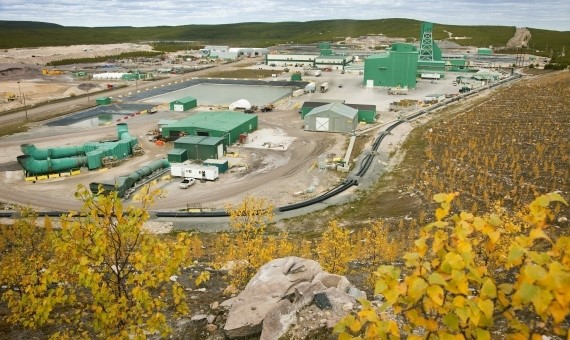
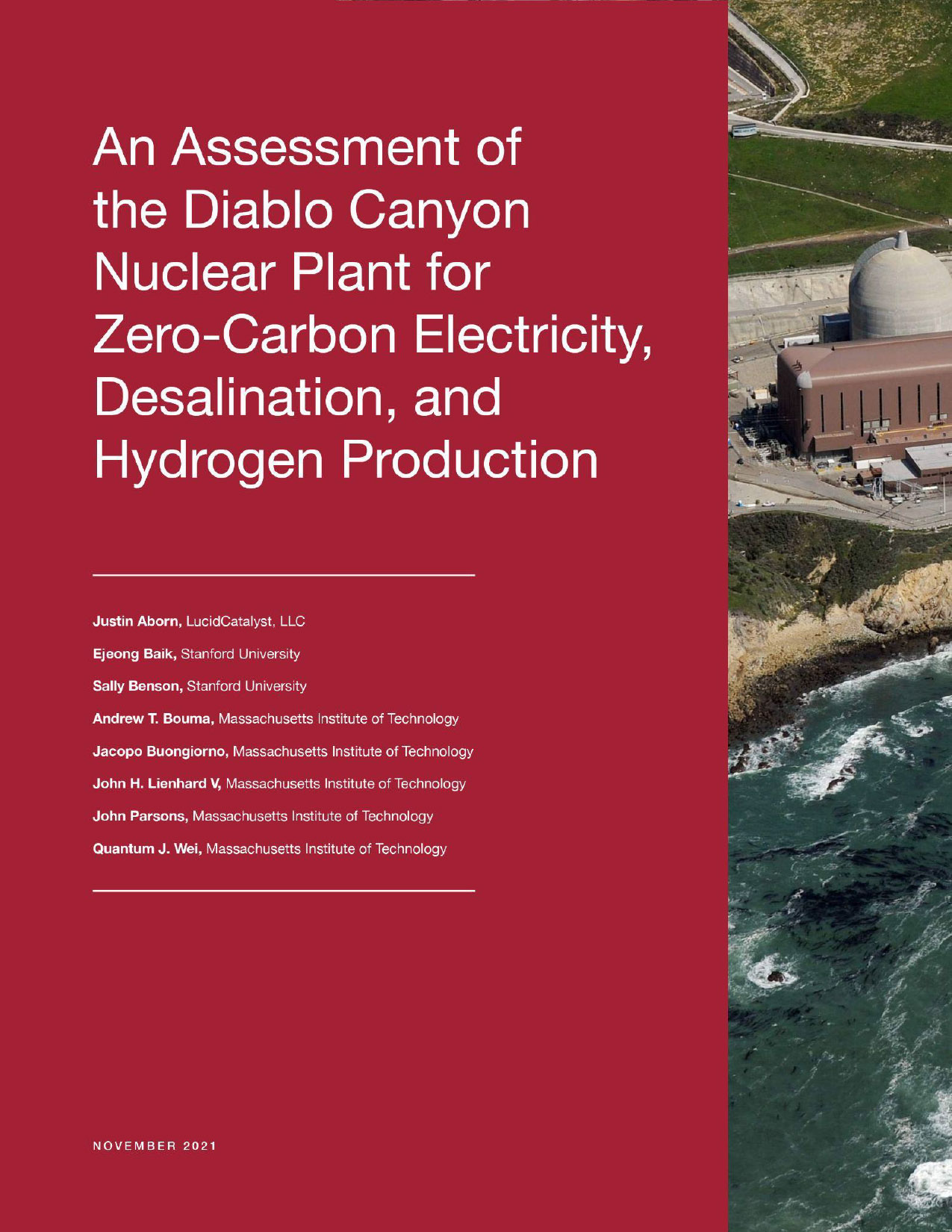 A new study by researchers from Stanford University and the Massachusetts Institute of Technology—
A new study by researchers from Stanford University and the Massachusetts Institute of Technology—

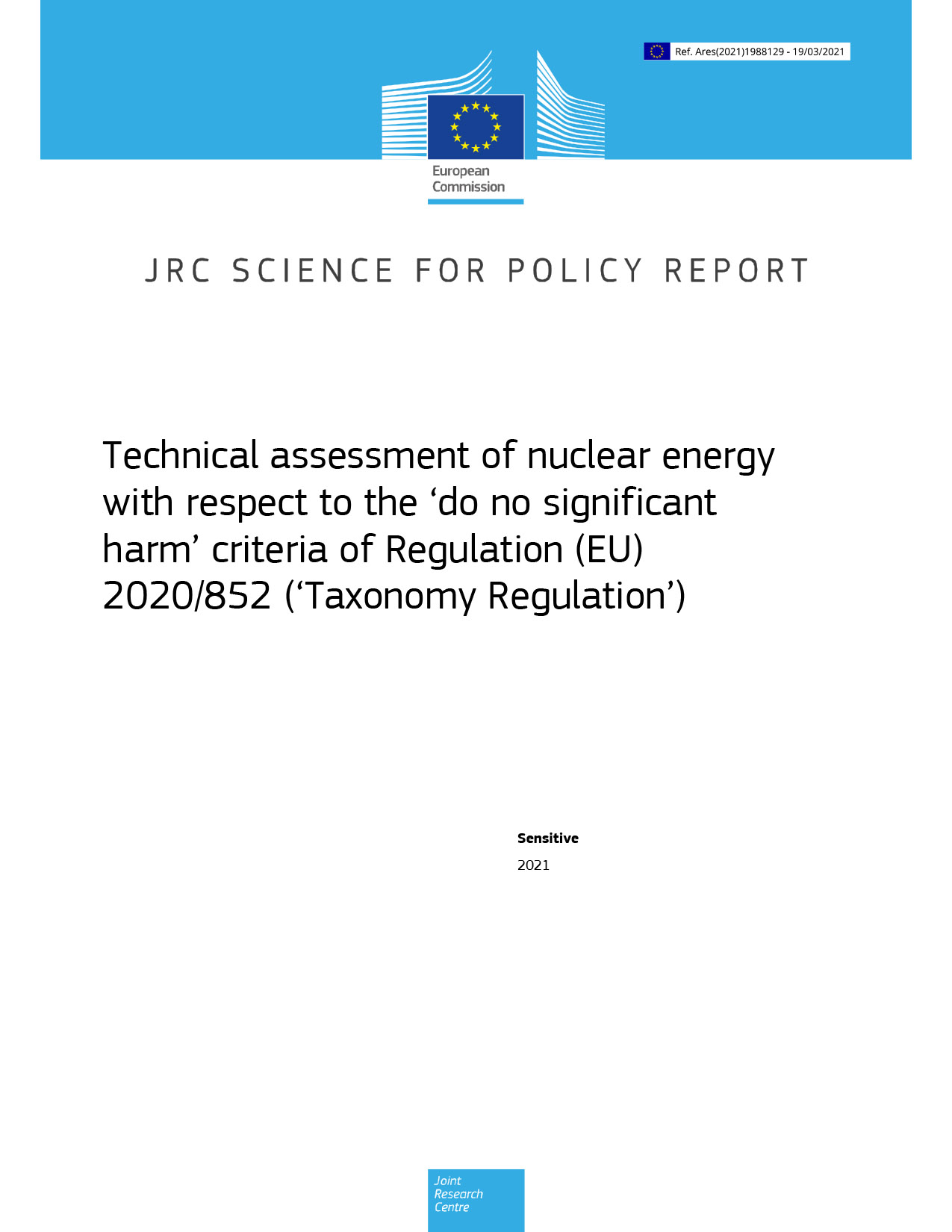 Within the European Union, recognizing nuclear energy as green, sustainable, and worthy of investment depends on nuclear being added to the EU taxonomy of “sustainable investments that have been found to ‘do no significant harm’ to human health and to the environment.” The EU will issue a final taxonomy this year, and a decision to include nuclear power—which was excluded from a draft released in late 2020—could raise prospects for public and private nuclear investments both inside and outside the EU.
Within the European Union, recognizing nuclear energy as green, sustainable, and worthy of investment depends on nuclear being added to the EU taxonomy of “sustainable investments that have been found to ‘do no significant harm’ to human health and to the environment.” The EU will issue a final taxonomy this year, and a decision to include nuclear power—which was excluded from a draft released in late 2020—could raise prospects for public and private nuclear investments both inside and outside the EU.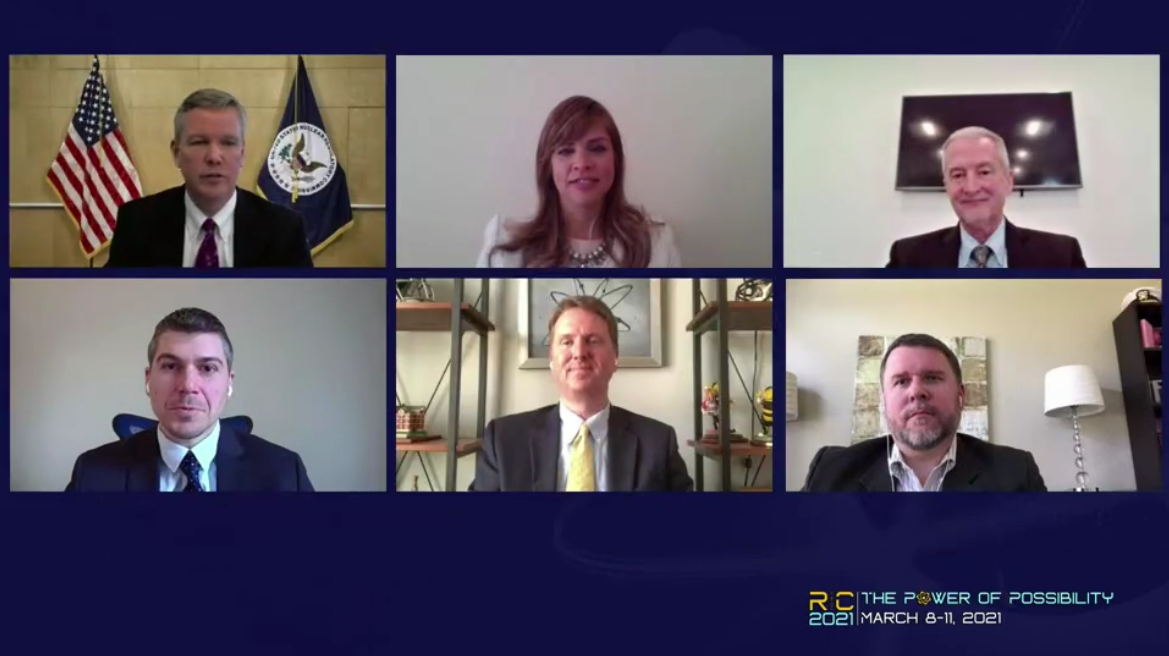
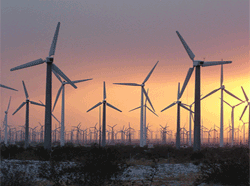 It is often stated that since no one can charge money for the wind, wind-generated electricity is free. This is not true. A modern wind turbine, which can generate 2 megawatts of electricity (MWe) when the wind is blowing, costs about
It is often stated that since no one can charge money for the wind, wind-generated electricity is free. This is not true. A modern wind turbine, which can generate 2 megawatts of electricity (MWe) when the wind is blowing, costs about